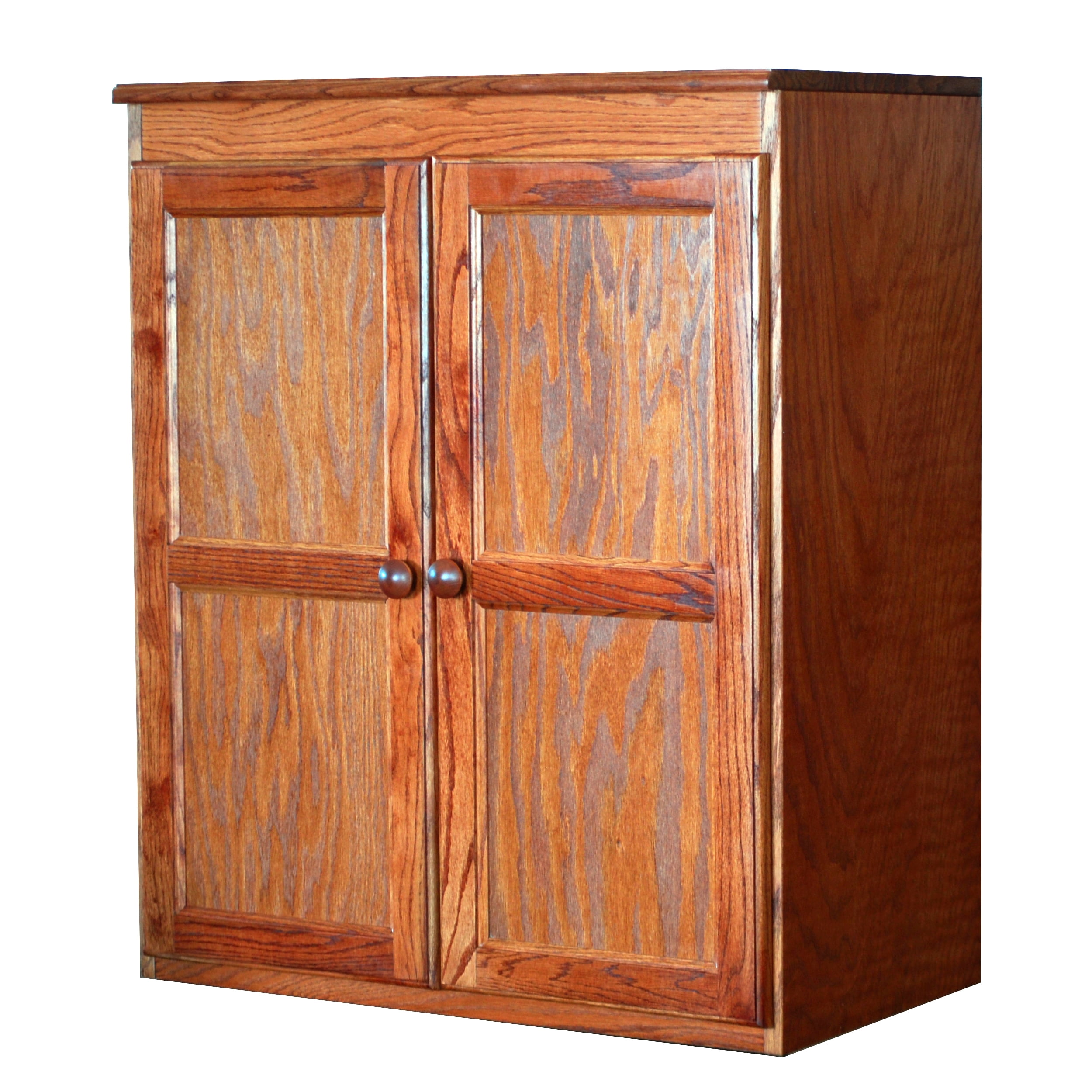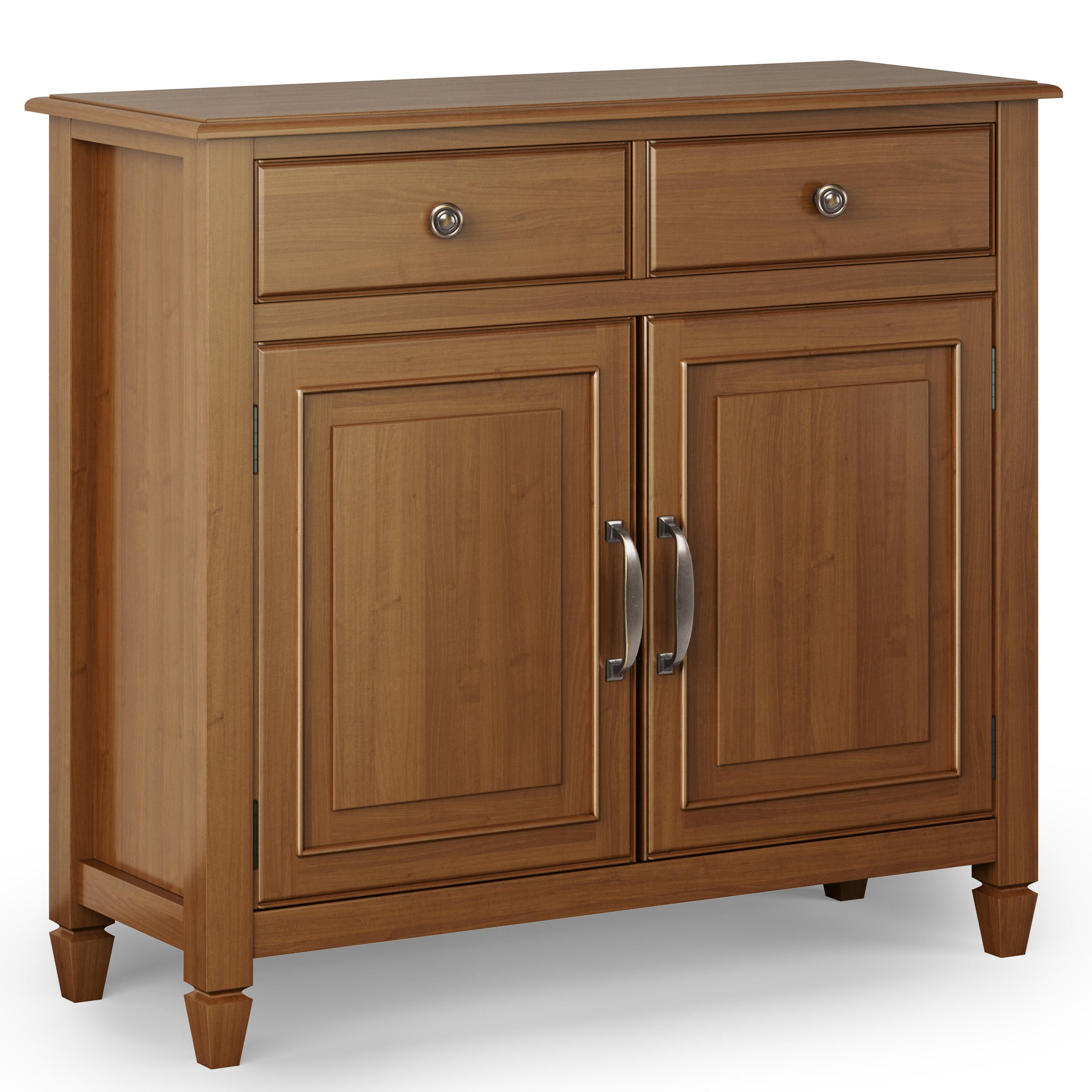Types of 36 Inch Wide Cabinets

A 36-inch wide cabinet is a standard size commonly found in kitchens, bathrooms, and other areas of the home. These cabinets offer a balance of storage space and accessibility, making them a popular choice for homeowners. However, the specific type of 36-inch cabinet you choose will depend on its intended use and the overall design of your space.
Base Cabinets
Base cabinets are the foundational elements of most kitchen and bathroom layouts. They are typically placed along the floor, providing storage for various items, including cookware, dishes, cleaning supplies, and more.
- Standard Base Cabinets: These cabinets are the most common type and offer a variety of configurations, including drawers, shelves, and doors. They can be customized to fit specific needs, such as incorporating a trash pull-out or a spice rack.
- Sink Base Cabinets: These cabinets are designed to accommodate a kitchen sink. They typically feature a cutout for the sink bowl and plumbing access. Sink base cabinets often come with additional features, such as a built-in soap dispenser or a garbage disposal.
- Drawer Base Cabinets: These cabinets prioritize drawer storage, offering easy access to frequently used items. Drawer base cabinets are available in various drawer configurations, with options for soft-close drawers and dividers for organization.
Wall Cabinets
Wall cabinets are mounted above countertops, maximizing vertical space and providing additional storage. They are typically used to store items that are less frequently accessed, such as dishes, glasses, or small appliances.
- Standard Wall Cabinets: These cabinets are the most basic type, offering a simple door and shelf configuration. They are available in various sizes and depths, allowing for customization based on the specific needs of the space.
- Glass-Front Wall Cabinets: These cabinets feature glass doors, allowing for a decorative display of items. They are often used to showcase fine china, glassware, or other collectibles.
- Corner Wall Cabinets: These cabinets are designed to fit in corners, maximizing space utilization. They can be configured with shelves or drawers, providing storage for various items.
Vanity Cabinets
Vanity cabinets are specifically designed for bathrooms. They typically feature a countertop and sink, providing a functional and stylish storage solution.
- Single-Sink Vanity Cabinets: These cabinets accommodate one sink, offering a compact and efficient solution for smaller bathrooms.
- Double-Sink Vanity Cabinets: These cabinets feature two sinks, providing ample space for multiple users. They are commonly found in larger bathrooms or master suites.
- Medicine Cabinets: These cabinets are often integrated into vanity cabinets, offering additional storage for toiletries and medications. They can be equipped with a mirror and lighting for enhanced functionality.
Specialty Cabinets
Specialty cabinets offer unique features and functionalities, tailored to specific needs. These cabinets are often customized to meet specific requirements and enhance the overall design of the space.
- Pantry Cabinets: These cabinets provide ample storage for pantry items, such as canned goods, snacks, and dry ingredients. They can be equipped with adjustable shelves, pull-out drawers, and specialized organizers for efficient organization.
- Lazy Susan Cabinets: These cabinets feature a rotating shelf, allowing for easy access to items stored in the back. They are commonly used in corner cabinets or pantries, maximizing storage efficiency.
- Tall Cabinets: These cabinets extend from the floor to the ceiling, offering a significant amount of storage space. They are often used for storing bulky items, such as linens, towels, or appliances.
Materials and Finishes for 36 Inch Wide Cabinets

The choice of materials and finishes for 36 inch wide cabinets is crucial, as it significantly impacts their durability, aesthetics, and overall cost. This section explores the most popular materials used in constructing 36 inch wide cabinets, along with the various finishes available.
Materials Used in 36 Inch Wide Cabinets
Cabinet materials play a significant role in determining the overall quality, durability, and cost of the cabinets.
- Wood: Wood remains a popular choice for cabinet construction due to its natural beauty, durability, and versatility. Common wood types used for cabinets include:
- Oak: Known for its strength, durability, and distinctive grain patterns. It is often used in traditional and formal settings.
- Maple: Highly durable and resistant to scratches and dents. It is often preferred for its clean, light-colored appearance.
- Cherry: Known for its rich reddish-brown hue and beautiful grain patterns. It is often used in more contemporary settings.
- Walnut: Highly valued for its dark brown color, unique grain patterns, and rich character.
- Pine: A softwood that is relatively affordable and easy to work with. It is often used in rustic or farmhouse-style cabinets.
- Metal: Metal cabinets are becoming increasingly popular due to their durability, resistance to moisture, and modern aesthetic. Common metal types used for cabinets include:
- Stainless Steel: Highly durable, resistant to corrosion, and easy to clean. It is often used in modern kitchens and bathrooms.
- Aluminum: Lightweight, durable, and corrosion-resistant. It is often used in contemporary cabinets and outdoor applications.
- Iron: Provides a strong, industrial look and is often used in rustic or farmhouse-style cabinets.
- Composite Materials: Composite materials offer a combination of durability, affordability, and design flexibility. Common composite materials used for cabinets include:
- Medium-Density Fiberboard (MDF): A cost-effective material that is often used for cabinet doors and drawer fronts. It is smooth and can be easily painted or stained.
- Particleboard: Another affordable material that is often used for cabinet boxes. It is not as durable as MDF but is less expensive.
- Plywood: A strong and durable material that is often used for cabinet boxes. It is available in various veneers and can be painted or stained.
Finishes for 36 Inch Wide Cabinets
Cabinet finishes enhance their aesthetics and protect them from damage.
- Paint: Paint is a versatile finish that offers a wide range of colors and finishes.
- Acrylic Paint: A water-based paint that is easy to apply and dries quickly. It is often used for cabinets because it is durable and cleans easily.
- Latex Paint: Another water-based paint that is durable, easy to clean, and offers a wide range of colors.
- Oil-Based Paint: Provides a durable, hard-wearing finish but requires more time to dry and can be more difficult to clean.
- Stain: Stain enhances the natural beauty of wood by penetrating the surface and highlighting its grain patterns.
- Oil-Based Stain: Penetrates deeply into the wood and provides a rich, even color. It is often used for cabinets because it enhances the wood’s natural beauty.
- Water-Based Stain: Dries quickly and produces a less intense color than oil-based stain. It is often used for cabinets because it is easier to clean and has less odor.
- Laminate: Laminate is a durable and cost-effective finish that is often used for cabinet doors and drawer fronts.
- High-Pressure Laminate (HPL): A durable and scratch-resistant laminate that is often used for kitchen countertops and cabinet doors.
- Thermofoil: A thin plastic laminate that is applied to cabinet doors and drawer fronts. It is often used for its affordability and ease of cleaning.
Installation and Customization Options for 36 Inch Wide Cabinets

Installing and customizing 36-inch wide cabinets can significantly enhance your kitchen or bathroom space. Whether you prefer a DIY approach or hire professionals, understanding the process and available options is crucial for achieving your desired results.
Cabinet Installation
Installing cabinets involves a series of steps that require careful planning and execution. The process typically involves:
- Preparing the Walls: Ensure the walls are level and plumb. Any unevenness can lead to misaligned cabinets. You may need to use shims or adjust the wall studs to achieve a level surface.
- Installing the Base Cabinets: Start by installing the base cabinets, ensuring they are level and flush with each other. Use a level and a tape measure to ensure accuracy. Secure the cabinets to the wall using screws or brackets.
- Installing the Upper Cabinets: Once the base cabinets are in place, install the upper cabinets. Use a level and a stud finder to locate the studs and secure the cabinets to the wall.
- Installing the Countertops: Once the cabinets are installed, the countertops can be installed. This involves measuring, cutting, and securing the countertops to the cabinets.
- Finishing Touches: After the cabinets are installed, you can add finishing touches, such as installing hardware, backsplashes, and trim.
Cabinet Customization
Customization options for 36-inch wide cabinets provide flexibility to tailor the cabinets to your specific needs and preferences. Here are some popular options:
- Adding Shelves: Adjustable shelves allow you to maximize storage space by accommodating items of different sizes. Consider using shelves made of durable materials like wood or metal.
- Installing Drawers: Drawers offer convenient access to items, especially for smaller items. Choose drawers with smooth-gliding slides for easy opening and closing.
- Adding Cabinet Doors: Different types of cabinet doors are available, including solid wood, glass, and panel doors. Consider the style and functionality that best suits your kitchen or bathroom.
- Adding Cabinet Hardware: Cabinet hardware, such as knobs and pulls, can enhance the aesthetics and functionality of the cabinets. Choose hardware that complements the overall design of the space.
DIY vs. Professional Installation
DIY cabinet installation can be a cost-effective option, but it requires time, skill, and the right tools. Professional installation, on the other hand, offers expertise and ensures proper installation, minimizing potential problems.
- DIY Installation: DIY installation can be a rewarding experience, allowing you to customize the cabinets to your exact specifications. However, it requires careful planning, accurate measurements, and the ability to use tools safely and effectively.
- Professional Installation: Professional installers have the experience and expertise to install cabinets correctly, ensuring they are level, plumb, and secure. They can also handle complex installations, such as those involving multiple cabinets or intricate designs.
36 inch wide cabinet – A 36-inch wide cabinet is a versatile option for any kitchen, offering ample storage space without dominating the room. If you’re looking for high-quality cabinets at a great price, consider lowes diamond now caspian cabinets , known for their durability and stylish designs.
These cabinets, available in various finishes, can seamlessly blend into any kitchen aesthetic, making them a perfect choice for your 36-inch wide cabinet needs.
A 36 inch wide cabinet is a versatile size, perfect for smaller kitchens or for creating a dedicated space for appliances. Looking for inspiration and a vast selection of cabinet styles? Check out the great lakes cabinets home page for a comprehensive guide to their offerings.
With their wide range of finishes and configurations, you’ll find the perfect 36 inch wide cabinet to complete your dream kitchen.
